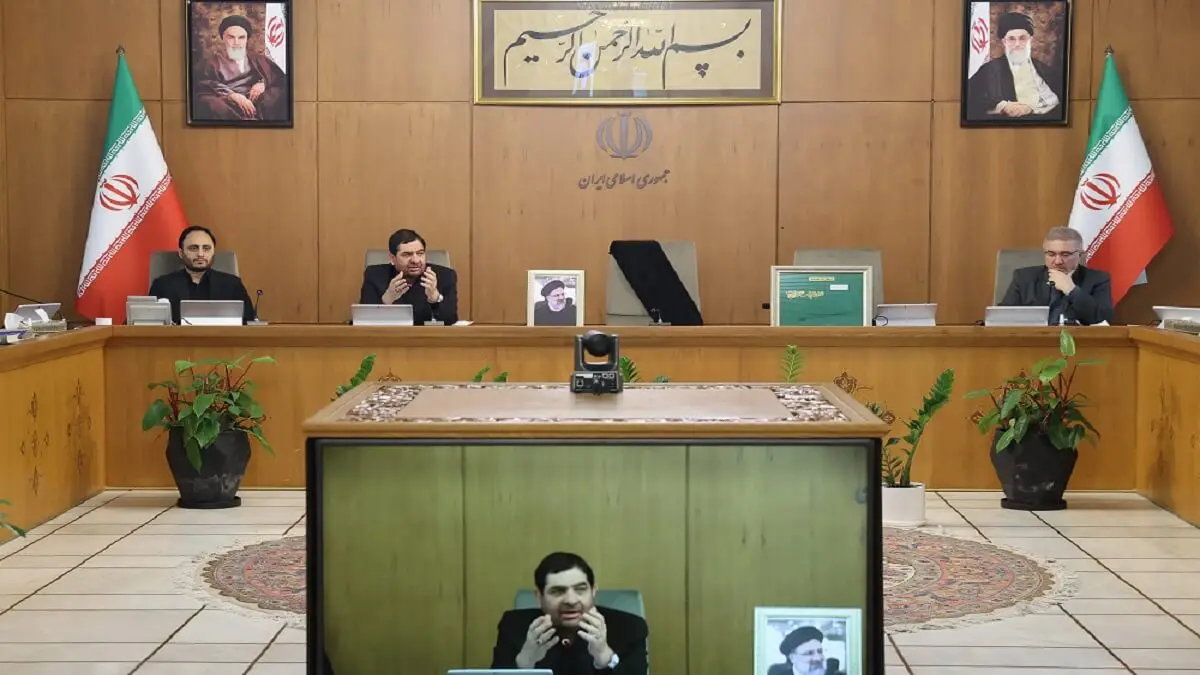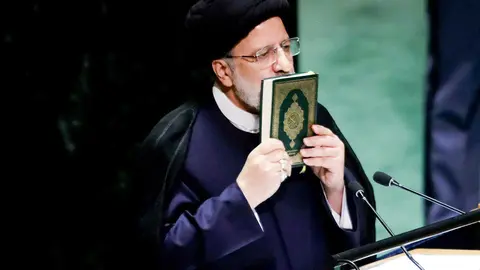Iran: Ebrahim Raisi's death a blow to the ruling regime

Although the Iranian president plays a functional role and Supreme Leader Ali Khamenei retains ultimate authority, the loss of Raisi represents a blow to Khamenei and a potential destabilising factor for the regime. Raisi's death comes at a time when the Iranian regime is already grappling with numerous internal and external crises, further aggravating its vulnerabilities.
Raisi was Khamenei's hand-picked instrument for reinforcing the regime's hard line and suppressing dissent within the country.
His bellicose foreign policy, especially in the Middle East, involved meddling in the internal affairs of other countries through proxy groups.
Khamenei's decision to promote Raisi to the presidency was motivated by his unswerving loyalty and notorious past, including his role in the massacre of some 30,000 political prisoners in 1988. This massacre, ordered by a decree of then supreme leader Ruhollah Khomeini, called for the execution of any prisoner loyal to the People's Mujahedin Organisation of Iran (PMOI/MEK). Raisi's involvement in such a brutal episode made him a vilified figure in Iran.
Khamenei's calculated risk in promoting Raisi, despite his notorious record, was to create a monolithic power structure capable of withstanding internal and external pressures. Raisi was seen as the ideal candidate to purge dissidents and ensure absolute obedience to Khamenei's vision. In preparation for Raisi's accession to the presidency, Khamenei appointed Raisi as head of the judiciary, bringing this body under his own control. He also gradually eliminated all potential rivals, including some pillars of the regime within his own faction. Raisi has been very helpful to Khamenei in achieving these two goals, so his absence creates major problems for Khamenei.
Foreign Minister Hossein Amir-Abdollahian, who also perished in the crash, was another player in the regime's strategy in the region. Known for his close ties to Qassem Soleimani, the commander of the Islamic Revolutionary Guard Corps (IRGC) Qods Force (killed in Iraq in a US drone strike in January 2020) and its proxies, including Hezbollah in Lebanon, Amir-Abdollahian played a key role in Iran's regional policy and its support for various militant groups. His diplomatic efforts were often aimed at bolstering these groups, closing arms sales and providing logistical support, while presenting a veneer of legitimate diplomacy on the international stage. In short, it has consolidated the IRGC's control over the regime's foreign policy.
The immediate consequence of this incident is a worsening of the regime's crises. Internally, Iran faces major social and economic challenges, with widespread discontent among the population. The regime's fear is palpable that this helicopter crash could become a catalyst for resistance units, reminiscent of the widespread protests that have erupted in recent years.
The regime now faces the challenge of finding suitable replacements capable of demonstrating the same level of obedience and ruthlessness as Raissi, while managing the growing discontent of the Iranian people.
Khamenei's strategy of consolidating power through loyal and ruthless officials is unravelling, making the regime more vulnerable.


